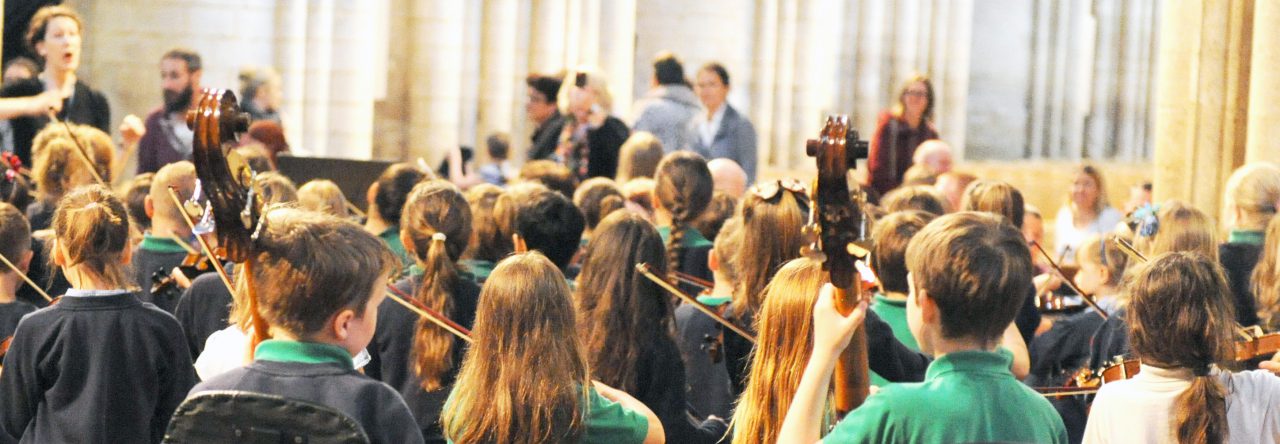Part 5: More than initiate-respond-evaluate (IRE)
In part 1 I set out the basis for an approach to oracy in the music classroom. It assumed dialogic practice in place of monologic practice. It went beyond the orthodoxy of teacher initiates talk through a question, the pupil responds and the teacher evaluates that response (IRE). While this has its place, it is insufficient to nurture the development of deeper thinking about music which I maintain dialogic practice is able to do. In Part 4 I placed emphasis on the use of talking points whether devised by teacher or pupils and how these can be integrated into the process of music making. I also pointed out that a talking point can also be expressed as an enquiry question. A carefully designed talking point or enquiry question can be used to penetrate a whole sequence of work ensuring structural coherence. Part 4 provided some possible examples.
In chapter 4 of Learning to Teach Music in the Secondary School Chris Philpott specifically addresses student talk and cites Barrett in underlining its significance. [1]
‘Talk arises spontaneously from the creative musical experience. Talk occurs when the child selects and organises information in order to ensure its transmission with clarity and accuracy. The child must assume responsibility by initiating talk while working co-operatively on a music task, by sustaining talk and where necessary, by concluding talk.’ [2]
My interest is in the quality of pupil talk whether arising spontaneously or by design.
In Part 4 I introduced Littleton and Mercer’s ground rules for exploratory talk. These serve to support good talking and need to be internalised by pupils so that they can help each other develop their thinking about music through talk. AND THIS WILL ENABLE PUPILS TO CONTEXTUALISE THE USE OF MUSICAL LANGUAGE AND IMPORTANTLY, BE SPOKEN OF THEIR OWN VOLITION.
Liyttleton and Mercer’s ground rules for exploratory talk [3]
• Everyone offers relevant information
• Everyone’s ideas are treated as worthwhile – but are critically evaluated
• We ask each other questions
• We ask for reasons and give them
• We try to reach agreement
• People trust each other and work as a team
Time for another scenario.
Scenario 6: blending voices exploring vocal range
The year 7 class have decided to form singing triads. In this way they believe they can best improve the quality of their singing and provide each other with feedback. They are working on the Irish folk song Down by the Sally Gardens. The group decide on two talking points/enquiry questions: how do we come to blend our voices so as to sound like one? What is the most effect pitch range for our singing this song?
Much singing ensues interspersed with focused talking addressing their questions. Returning to the whole class there is much to offer vocally and a deepening understanding achieved through whole class discussion.
Notes:
[1] Carolyn Cooke, Keith Evans, Chris Philpott and Gary Spruce (eds) (2016) Learning to teach music in the secondary school: A companion to school experience, 3rd edition. Routledge.
In chapter 4, ‘Language and learning in music’ Chris Philpott deals with the relationship between language and learning in music in comprehensive fashion going beyond my focus on oracy and is highly recommended.
[2] Barrett, M. (1990) Music and language in education, British Journal of Music Education, 7, 1,: 67-73.
[3] Littleton. K. and Mercer. N. (2013) Interrthinking: putting talk to work. Routledge.
